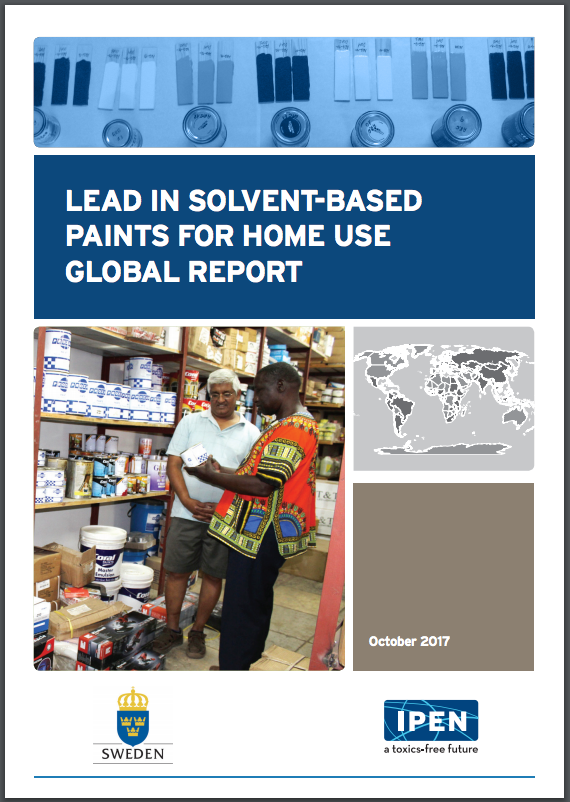Chemycal has been acquired by 3E
Learn MoreChemycal has been acquired by 3E
Learn MoreDiscover how Chemycal PRO helps you boosting your regulatory monitoring:

EXECUTIVE SUMMARY - Lead is a toxic metal that causes adverse effects on both human health and the environment. While lead exposure is also harmful to adults, lead exposure harms children at much lower levels, and the health effects are generally irreversible and can have a lifelong impact.
The younger the child, the more harmful lead can be, and children with nutritional deficiencies absorb ingested lead at an increased rate. The human fetus is the most vulnerable, and a pregnant woman can transfer lead that has accumulated in her body to her developing child. Lead is also transferred through breast milk when lead is present in a nursing mother.
Even small amounts of lead can harm a child’s nervous system, making it more likely that the child will have difficulties in school and engage in impulsive and violent behavior. Lead exposure in young children has been linked to increased rates of hyperactivity, inattentiveness, failure to graduate from high school, conduct disorder, juvenile delinquency, drug use, and incarceration. The economic cost of childhood lead exposure in low- and middle-income countries estimated a total cumulative cost burden of $977 billion international dollars per year.
Most highly industrial countries adopted laws or regulations to control the lead
content of decorative paints—the paints used on the interiors and exteriors of
homes, schools, and other child-occupied facilities—beginning in the 1970s and
1980s. However, more than 40 lead paint studies over the last eight years show
that lead paints are still widely sold in low- and middle-income countries, many
containing very high levels of lead.
CONTINUE READING ON: www.ipen.org
2013 © MyChemicalMonitoring. ALL Rights Reserved. About Us | Terms and Conditions